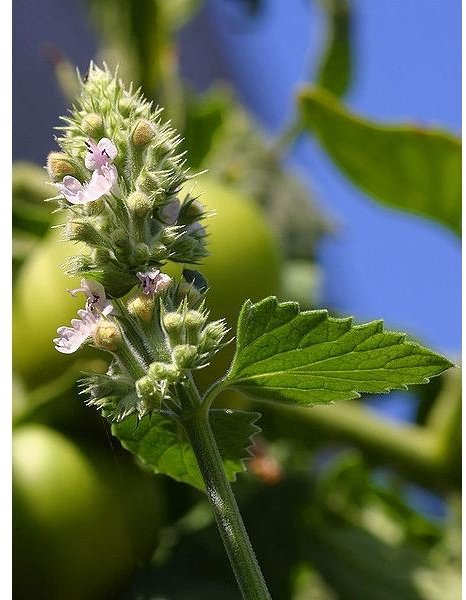Catnip Tea: Benefits & Preparations
Catnip
Catnip (also known as catswort or catmint) is a perennial herb that belongs in the mint family. It is native to Europe and Asia and has been used medicinally for over 2,000 years. It was introduced to North America by colonists and now grows across the continent.
Benefits
Sleep
Nepelactone, a major constituent in catnip, is similar to the chemical structure of valepotriates found in valerian which regulate the nervous system and promote relaxation and sleep.
Respiratory
Catnip tea acts as a decongestant and can be helpful in treating colds and the flu. It is best if taken at the first signs. It is also said to be helpful in the treatment of asthma and bronchitis.
Gastrointestinal
The tannins in catnip makes it a wonderful remedy for diarrhea. Drinking catnip tea can also help other gastrointestinal problems, including indigestion and an upset stomach.
Female Problems
Catnip can calm stress and tension before a woman’s period, relieve menstrual pain, and regulate irregular cycles.
Skin
The tannins can help stop bleeding from cuts and abrasions and disinfectant properties in catnip can help treat infected skin problems.
Tension Headache
A strong cup of catnip tea can help relieve tension headaches.
Eyes
Catnip can help reduce swelling and relieve inflammation of the eyes due to allergies or colds.
Preparations
Tea
To make catnip tea, pour 1 cup of boiling water over 1 teaspoon of dried catnip leaves or 3 teaspoons of fresh leaves, cover, steep for 10-15 minutes, and strain. Drink up to 3 cups per day.
For a milder flavor, you can add some chamomile (another wonderful herb that relaxes the nerves and promotes sleep). Other herbs that go well with catnip include lemongrass and other mint varieties.
Warm Compress & Poultice
To make a warm compress, prepare a cup of tea, soak a clean cloth in the liquid, and apply to the affected area.
You can also prepare a poultice. Cut a piece of cloth (cheesecloth, unbleached muslin, or white cotton) twice the size of the area to be covered. Pour a little hot water over some dried catnip leaves to soften it, spread it on the cloth, and fold. Apply the cloth to the affected body part and secure it in place with an elastic bandage or with another piece of cloth. Remove when the cloth becomes dried. To help keep it warm and moist, you can apply a hot water bottle over the poultice.
Eyewash
Prepare a strong cup of tea and after the liquid cools down, use an eye cup or soak a clean cloth in the warm liquid and apply it over the eye for 30 minutes.
Precautions
Drinking too much catnip tea can cause nausea, vomiting, fatigue, and headaches.
Because catnip can cause drowsiness, you should avoid driving or operating heavy machinery.
Because catnip can affect the uterus, it should be avoided by pregnant women.
Sources Used
Catnip (Nepeta cataria): https://www.herbs2000.com/herbs/herbs_catnip.htm
Catnip Tea: https://catnipteaguide.com/
Catnip Tea: https://catniptea.org/
Photo Credit
Image courtesy of Jon Sullivan (in the public domain).
Disclaimer
Please read this disclaimer regarding the information contained within this article.
